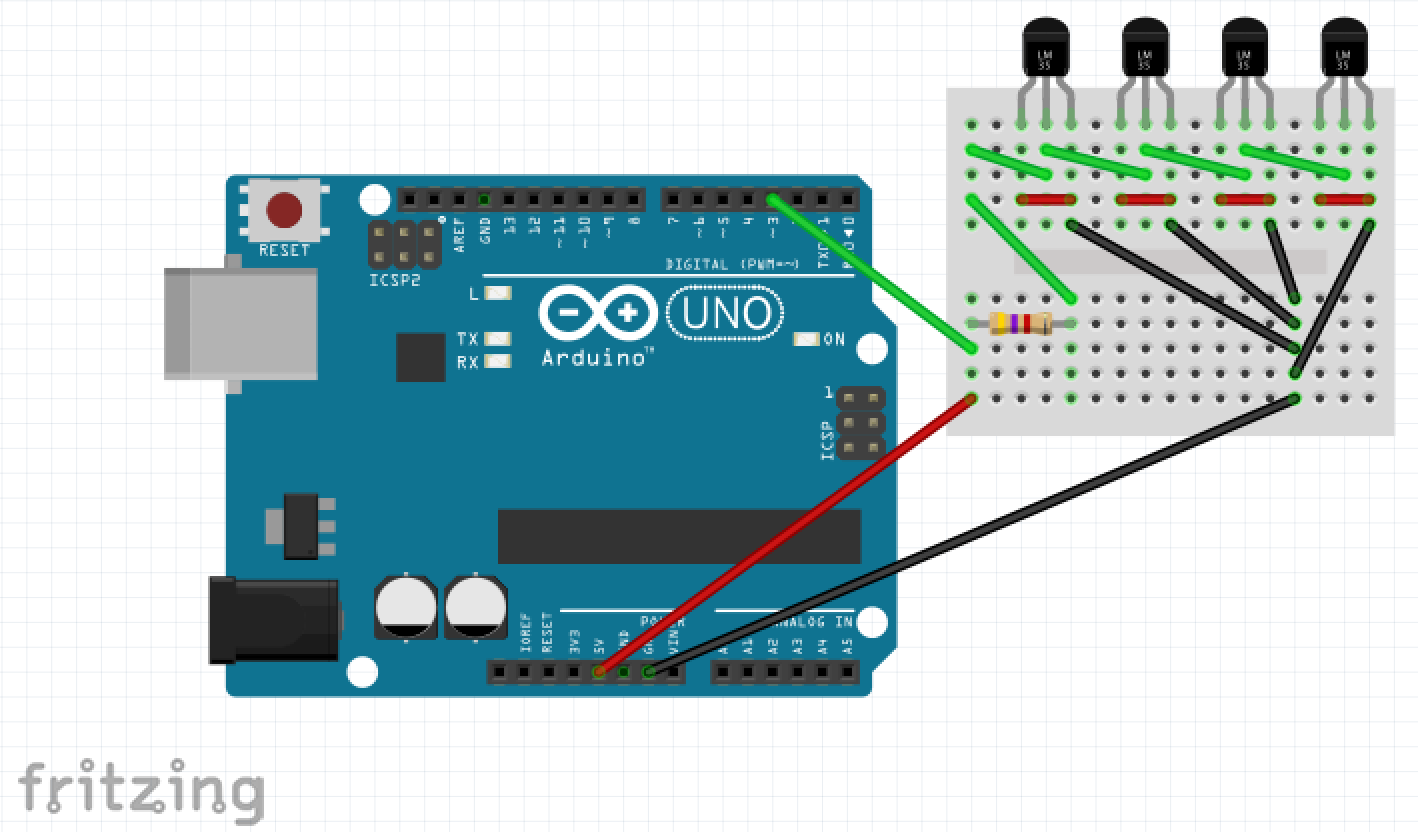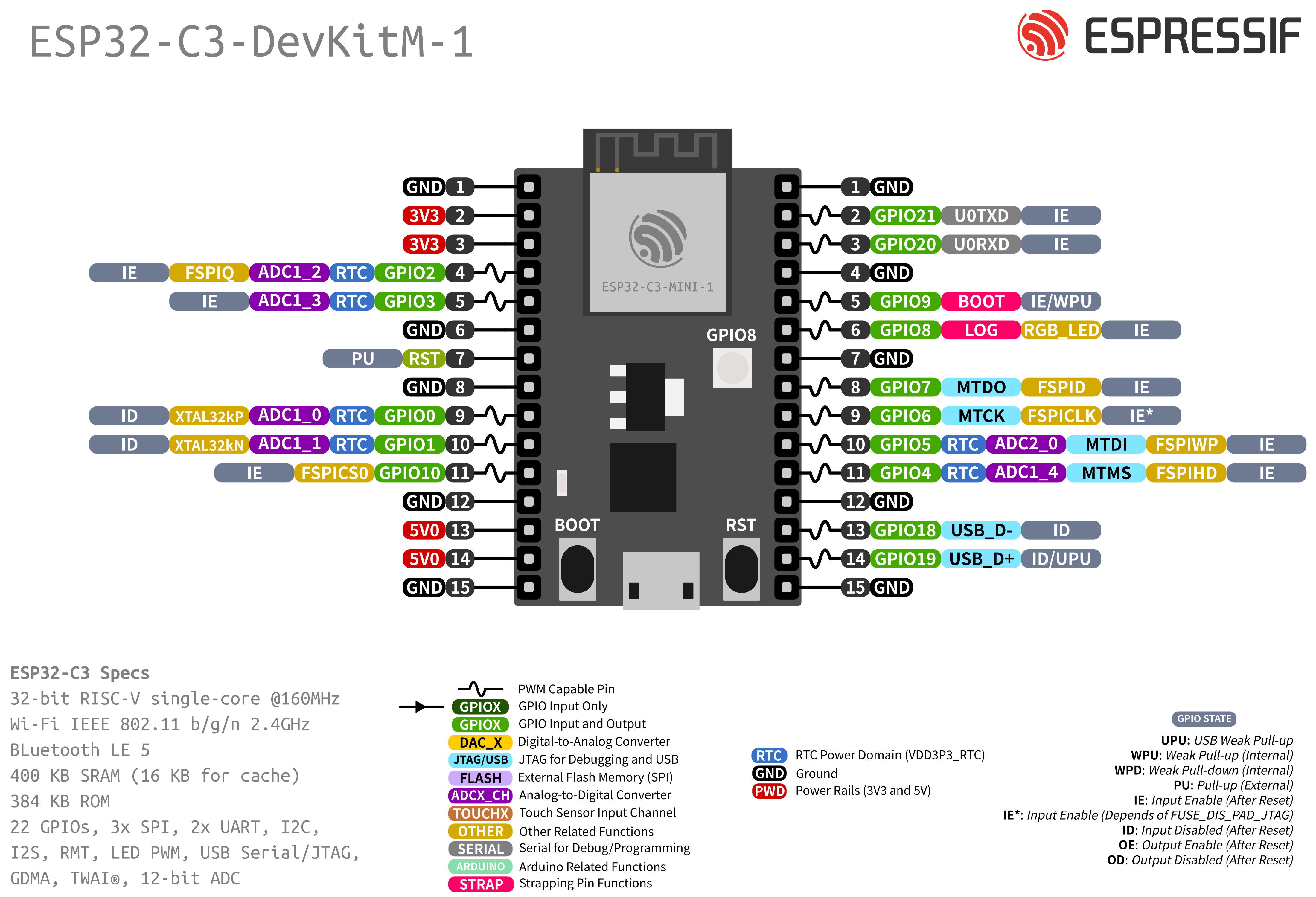

Whereas, 0 and 1 in a byte indicate which pixel in the row should be ON and which should be OFF.Īll these user defined characters are stored in the CGRAM of the LCD.Īll Hitachi HD44780 controller based LCDs have two types of memory – CGROM and CGRAM (Character Generator ROM and RAM).ĬGROM is non-volatile memory and cannot be modified whereas CGRAM is volatile memory and can be modified at any time.ĬGROM is used to store all permanent fonts that are displayed using their ASCII codes. Each byte in the array represents a row of characters in a 5×8 matrix. To use createChar() you first set up an array of 8 bytes. You can use the createChar() function to define a character. They are extremely useful when you want to display a character that is not part of the standard ASCII character set.Īs discussed earlier in this tutorial a character is made up of a 5×8 pixel matrix, so you need to define your custom character within that matrix. If you find the characters on the display dull and boring, you can create your own custom characters (glyphs) and symbols for your LCD. Similar to above function, use this inside a for loop for continuous scrolling.


lcd.cursor() displays an underscore (line) at the position at which the next character is to be written.lcd.blink() function displays a blinking block of 5×8 pixels at the position at which the next character is to be written.lcd.home() function is used to position the cursor in the upper-left of the LCD without clearing the display.There are some useful functions you can use with LiquidCrystal_I2C objects.

print( "LCD Tutorial") Other useful functions of the Library


 0 kommentar(er)
0 kommentar(er)
